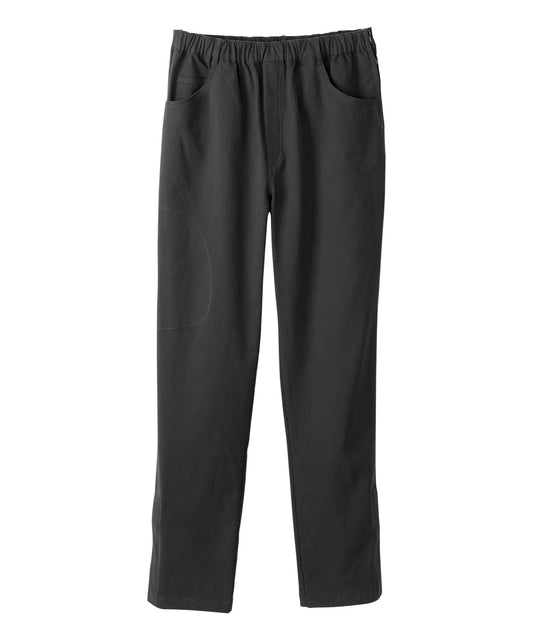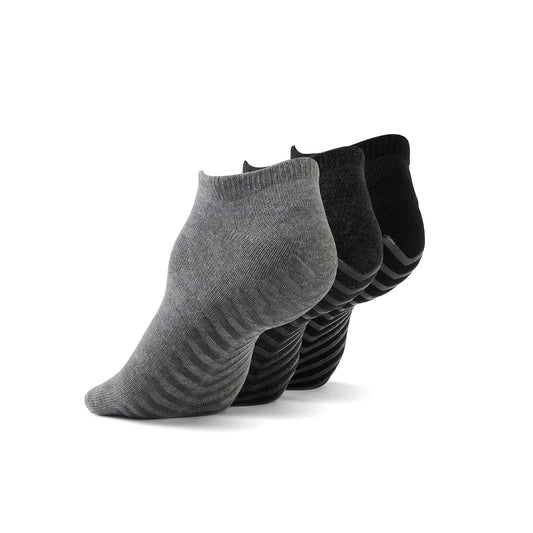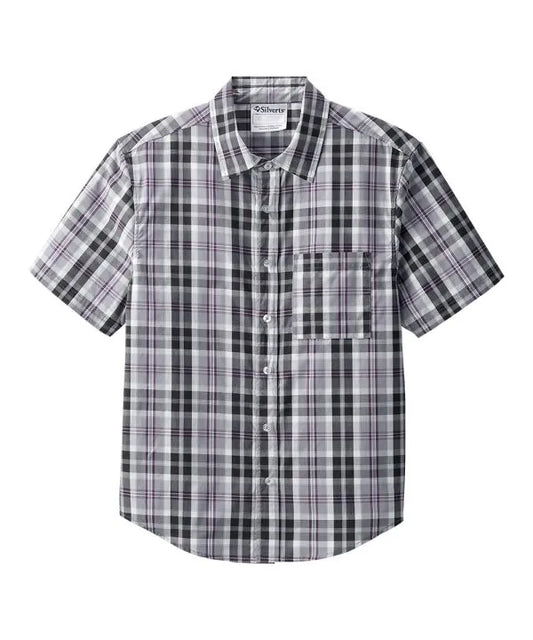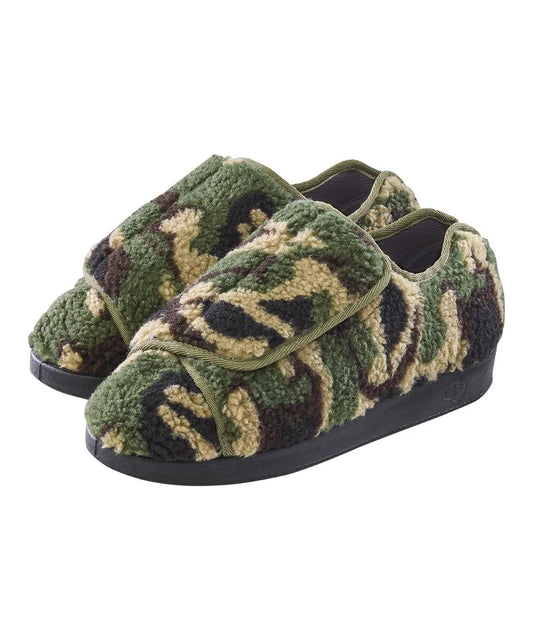Written by: Yahya Saqib
To many, chemotherapy can seem to be a daunting new challenge in life. For one, a patient undergoing chemotherapy treatment faces various challenges. This can range all the way from emotional feelings to physical challenges all the way to changing how to function in life in a practical sense. Surprisingly, clothing is often an overlooked source of discomfort or distress. Patients undergoing treatment may find that their usual wardrobe no longer meets their needs. When a patient goes under chemotherapy, softness as well as accessibility become both crucial and essential. Knowing that your clothes can empower you, it helps become a powerful form of self-care. Hence, adaptive clothing is designed to meet these needs head-on. It offers thoughtful, tailored solutions for those facing cancer treatment, with easy port access, soft fabrics, and non-restrictive fits.
But adaptive clothing is about more than convenience. It’s about helping patients retain a sense of normalcy and confidence. It's about honoring the dignity and style of individuals navigating an incredibly tough journey. If you or a loved one is starting chemotherapy and looking for therapy options, keep on reading. We'll walk through the unique clothing needs during treatment and how the right choices can ease your or your loved one’s day-to-day life.
Special Needs During Treatment
Cancer treatment creates unique physical, mental, and practical demands on our body and mind that we haven’t initially thought about. When someone begins chemotherapy, their body may respond in unexpected ways. Sensitive skin, fatigue, and limited mobility can turn ordinary clothing into a source of discomfort. Standard garments often don't account for the realities of port access, post-surgical pain, or the need for frequent medical check-ins. Below listed are the common special needs your clothes should be able to offer:
-
Skin Sensitivity – Chemotherapy can cause dry, irritated, or rash-prone skin. The clothing once in your closet that you thought was comfortable can suddenly feel itchy or tight. Seams, tags, and synthetic fabrics may rub uncomfortably, especially around the neck, underarms, or chest.
-
Port Access – A port-a-cath allows for easier chemotherapy administration, but it’s typically placed in the upper chest. Most standard tops require patients to undress for access, which can feel cold, invasive, or simply tiring. Adaptive clothing includes discreet zippers, panels, or snaps to allow nurses easy access while keeping the patient warm and covered.
-
Mobility Challenges – Some treatments or surgeries, such as mastectomies or lymph node removals, make raising arms difficult. Front closures or wide openings reduce the strain of dressing.
-
Temperature Regulation – Patients often experience temperature fluctuations. Layered, breathable clothing options that are easy to remove or add help maintain comfort. As those under chemotherapy face different procedures and treatments, its important that your clothing is prepared for various situations.
-
Emotional Well-being – Looking and feeling like oneself can boost morale. When someone has more control over their appearance, it provides a sense of agency and confidence during an uncertain time. As much as your clothing should provide versatility, it should also define who you are and the challenges you or your loved one are going through.
Best Fabrics for Sensitive Skin
For you or for your loved one, the fabric choice can significantly impact comfort for those undergoing chemotherapy. Softness, breathability, and chemical-free production should be prioritized to ensure a comforting fit. Listed below, we provide options of materials that are known to work well with sensitive skin:
-
Bamboo: Bamboo-derived fabrics are ultra-soft, hypoallergenic, and naturally breathable. They wick moisture and regulate temperature, which is especially important for those experiencing hot flashes or chills during treatment. Bamboo is also eco-friendly and antimicrobial, helping to reduce odor and bacteria.
-
Organic Cotton: Unlike regular cotton, organic cotton is grown without pesticides and processed with fewer chemicals. It’s gentle on the skin and has a clean, soft texture. Look for GOTS-certified organic cotton garments, as they meet higher standards of sustainability and safety.
-
Modal: This semi-synthetic fabric is made from beech tree pulp and known for its silky smoothness. Modal resists pilling and holds its shape well, making it ideal for regular wear and repeated washing.
-
Jersey Knit: Often made from cotton or bamboo blends, jersey knit fabrics provide a gentle stretch, making garments easier to put on and take off. They’re great for wraps, tees, and lounge sets.
-
Fleece or Brushed Cotton: These cozy materials can be soothing during recovery or chilly infusion sessions. Look for ultra-soft fleece without polyester backing to avoid irritation.
What To Avoid: Stay away from rough synthetics, tight weaves, or chemically-treated fabrics. Tags, underwires, or unnecessary seams should be avoided, as they can cause discomfort or itchiness. Always opt for tagless labels, flat seams, and breathable linings wherever possible.
Adaptive Features For Port Access
When considering chemo-friendly clothing for yourself or a loved one, there are multiple various important considerations in chemo-friendly clothing. The biggest consideration however should be easy port access. A chemotherapy port is typically inserted in the chest and accessed frequently during treatment. Clothing that allows discreet access without full undressing can make appointments faster, more dignified, and far more comfortable.
1. Discreet Zippers or Snaps: These are often placed diagonally across the chest or vertically along seams. They can be opened just enough for a nurse to reach the port without the patient needing to remove the entire garment.
2. Shoulder Openings: Some adaptive tops use snaps or Velcro at the shoulders, allowing the garment to fold down from the top. This is especially helpful if mobility is limited due to surgery or fatigue. It is also important that the shoulder openings can adjust to various sizes for different body fits.
3. Wrap or Kimono Styles: These pieces allow front opening without overhead lifting. The added flexibility makes dressing less painful while still looking polished. It also creates an empowering look to those who’d like to sleek as well.
4. Soft Bras with Port Panels: Some adaptive bras include soft fabric flaps or cutouts that expose port sites while maintaining coverage elsewhere. This is particularly useful for women undergoing both infusion and post-surgical care. It also helps ensure taking garments off becomes an easy process.
5. Dual-Sided Designs: Since ports can be placed on either side of the chest, adaptive tops often include access panels on both sides to accommodate all patients. This helps add convenience as well as an easy slip-on and slip-off feature for easy wear.
While these features may seem small, they offer significant relief during treatment. Not only do they save time, but they reduce physical and emotional stress in environments where comfort is often scarce.
Where To Find Chemo-Friendly Clothing
The good news is that adaptive clothing is no longer a niche market. Many retailers such as June Adaptive now cater to cancer patients with thoughtful, stylish options. Our unisex recovery top with snap closures are designed for chemotherapy, chest operations, and other treatments. Additionally, you can pair it with our recovery pants for a matching fit! To keep your feet warm, make sure you look into slippers that help give your feet breathing room as well.
Some hospitals and cancer support organizations also partner with clothing brands to recommend or stock helpful items. Don’t hesitate to ask a nurse navigator or support group for recommendations as well to ensure a perfect fit for your needs.
How To Maintain Dignity And Style
Dressing during cancer treatment shouldn’t mean giving up your style or sense of self. Adaptive fashion should help you feel like yourself when you look at the mirror. Adaptive clothing can help you create flattering silhouettes while showcasing your vibrant colors. Clothing at the end of the day should help you feel joy and represent you! When looking at adaptive clothing, consider the following:
1. Embrace Color and Print: Soft doesn’t mean boring. Opt for gentle fabrics in bold hues or uplifting prints. Floral wraps, earthy tones, or calming blues can elevate your mood and help you feel energized.
2. Use Accessories Thoughtfully: Soft beanies, headscarves, shawls, and compression socks can add polish while addressing practical needs. Choose pieces that feel like extensions of your personal style.
3. Play with Layers: Chemotherapy often causes temperature fluctuations. Layering not only helps you stay comfortable but can add structure and elegance to an outfit. A draped cardigan or poncho adds warmth and shape.
4. Go for Shape Without Restriction: Loose doesn’t have to mean shapeless. Look for A-line tops, drawstring pants, or tapered joggers that provide freedom without sacrificing fit. Many adaptive garments are cut to flatter different body types.
5. Prioritize Comfort and Confidence: You shouldn’t have to choose between looking good and feeling good. Choose items that make you feel calm, capable, and confident, even if that just means your favorite hoodie and softest pants.
Ultimately, style during chemotherapy is about feeling like yourself and empowering your values. Of course, clothing won’t heal you but it sure can remind you that you’re more than your diagnosis.
Cancer treatment asks a lot of the human body and spirit. Something as simple as getting dressed shouldn’t make things harder. Adaptive clothing, thoughtfully designed for chemotherapy patients, offers a rare combination of function, comfort, and self-expression. It helps people feel warm, protected, seen, and respected.















